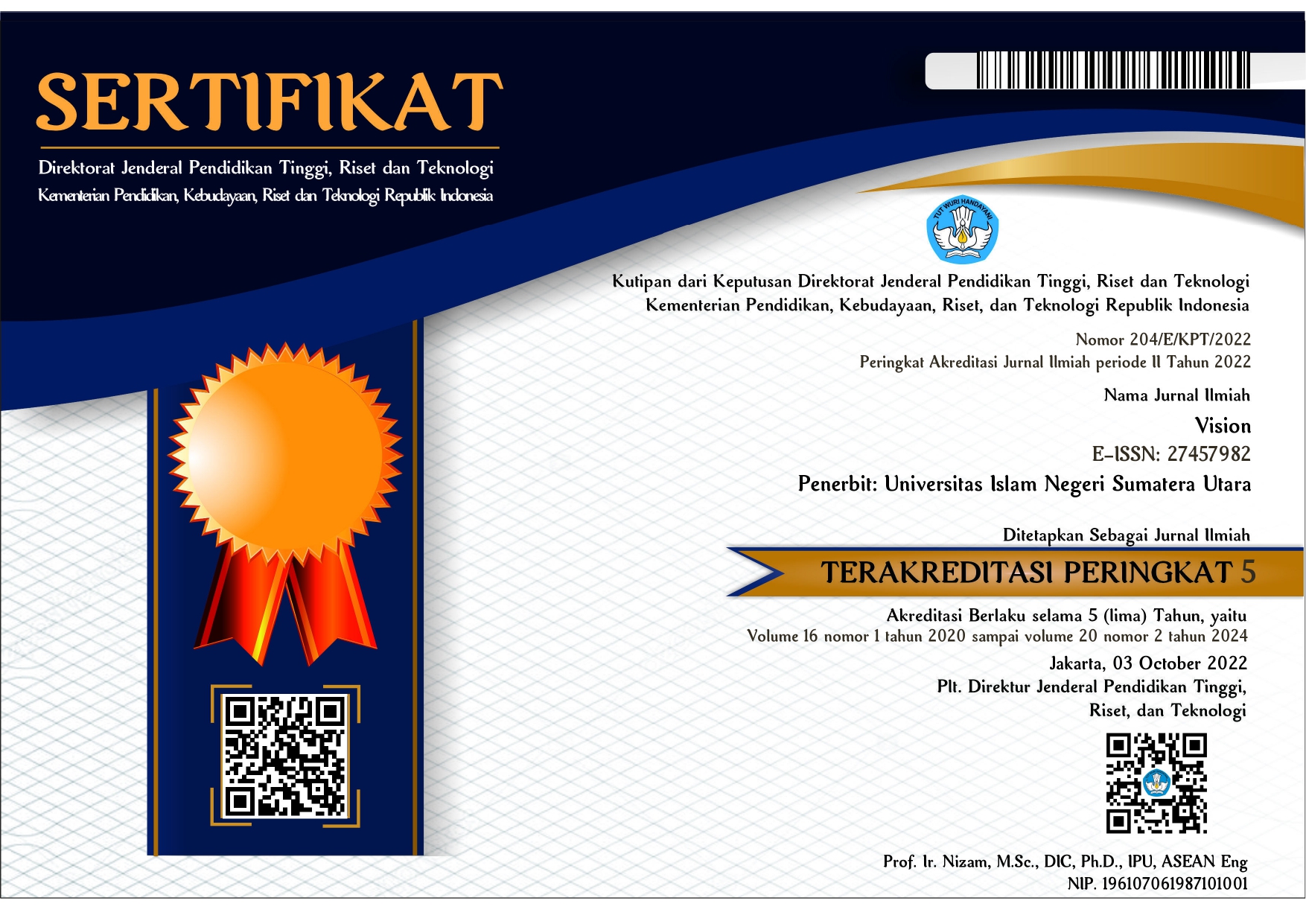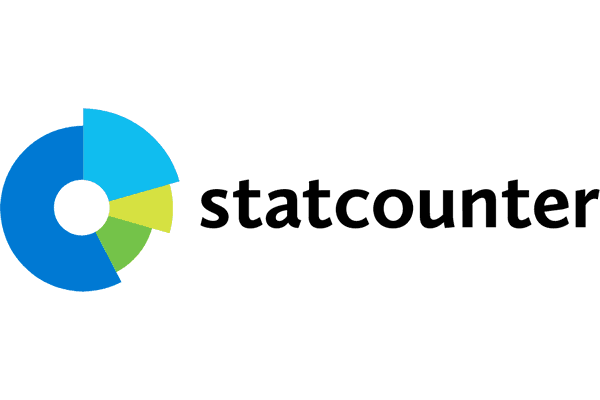UNDERSTANDING STUDENTS’ MOTIVATION IN TRANSLATION LEARNING: STUDENTS’ PERSPECTIVE
Abstract
Translation is the operation of replacing text in one language with text in another language. This research aims to find out the motivation of students in using English, especially in translating English. The method used is a qualitative method by interviewing students, some were interviewed in person and some online. The goal to be achieved is to find out the motivation of students when they want to translate a few or maybe many words or sentences, which are given several questions such as how often they use English on social media, then whether there is an effect for themselves, and in what form they use it, whether it is in the form of captions, or comments and others. This qualitative research was conducted on students majoring in English with a total of 12 pupils. However, the researcher chose 7 participants due to the same statements they had. The results showed that various kinds of answers were obtained from students where the main factors of student motivation in learning translation were for aesthetics and intellectual impression, English language improvement, and audience appropriateness. Although there are various incentives to learn and use English, consistent use of the language linguistically provides social and personal benefits to its users. The use of English also demonstrates the user's ability to adapt to communication contexts and listening and communicative situations, especially for students who have a connection to the English language. Learning how to understand and use English on social media is one of the few methods that can be used to help learners learn the language.
Keywords
Full Text:
PDFReferences
Altarabin, M. 2021. The Routledge Course on Media, Legal and Technical Translation: English-Arabic-English. New York: Routledge.
Bishop M. (2019). Healthcare Social Media for Consumer. In Edmunds M, Hass C, Holve E, eds. Consumer Informatics and Digital Health: Solutions for Health and Health Care. Cham, Switzerland: Springer, pp. 61–86
Brewster & Ellis. (1991). The Storytelling Handbook: A Guide for Primary Teachers of English.: Penguin English
Brown, H. Douglas. (2000). Principles of Language Learning and Teaching. New York: Pearson Education
Desta, M. A., dkk. (2021). Penggunaan Media Sosial dalam Meningkatkan Kemahiran Bahasa Inggris dari Sudut Pandang Mahasiswa Kedokteran. National Library of Medicine
Gardner, R. C., & Lambert, W. E. (1972). Attitudes and Motivation in Second Langsung Learning. Rowley, MA: Newbury House Publisher
Kapoor KK, Tamilmani K, Rana NP, et al. (2018). Advances in Social Media Research: Past, Present and Future. Information Systems Frontiers. 20:531–558
Kembaren. (2022). How to Make Translation Research. Yogyakarta: K-Media.
Rijali, A. (2018). Analisis Data Kualitatif. Jurnal Alhadharah. 17(33): 94
Susilo, D. (2021). Translation GuideTheories, Concepts, Strategies And Application Materials For Translation Studies. Banyumas: Wawasan Ilmu.
Thomas, A., et al. (2021). Twenty-Five Years of Social Media: A Review of Social Media Applications and Definitions from 1994 to 2019. Cyberpsychol Behav Social Network. 24(4): 215–222
Wardhani, D. S., Unnimah, S. Z., & Amaliyah, N. K. (2020). Pandangan Gen Z Terhadap Bahasa Inggris di Ranah Media Sosial. Jurnal Prosiding Seminar Nasional Sastra, Lingua, Dan Pembelajarannya (Salinga)
DOI: http://dx.doi.org/10.30829/vis.v20i2.3464
Refbacks
- There are currently no refbacks.
Copyright (c) 2024 VISION
















